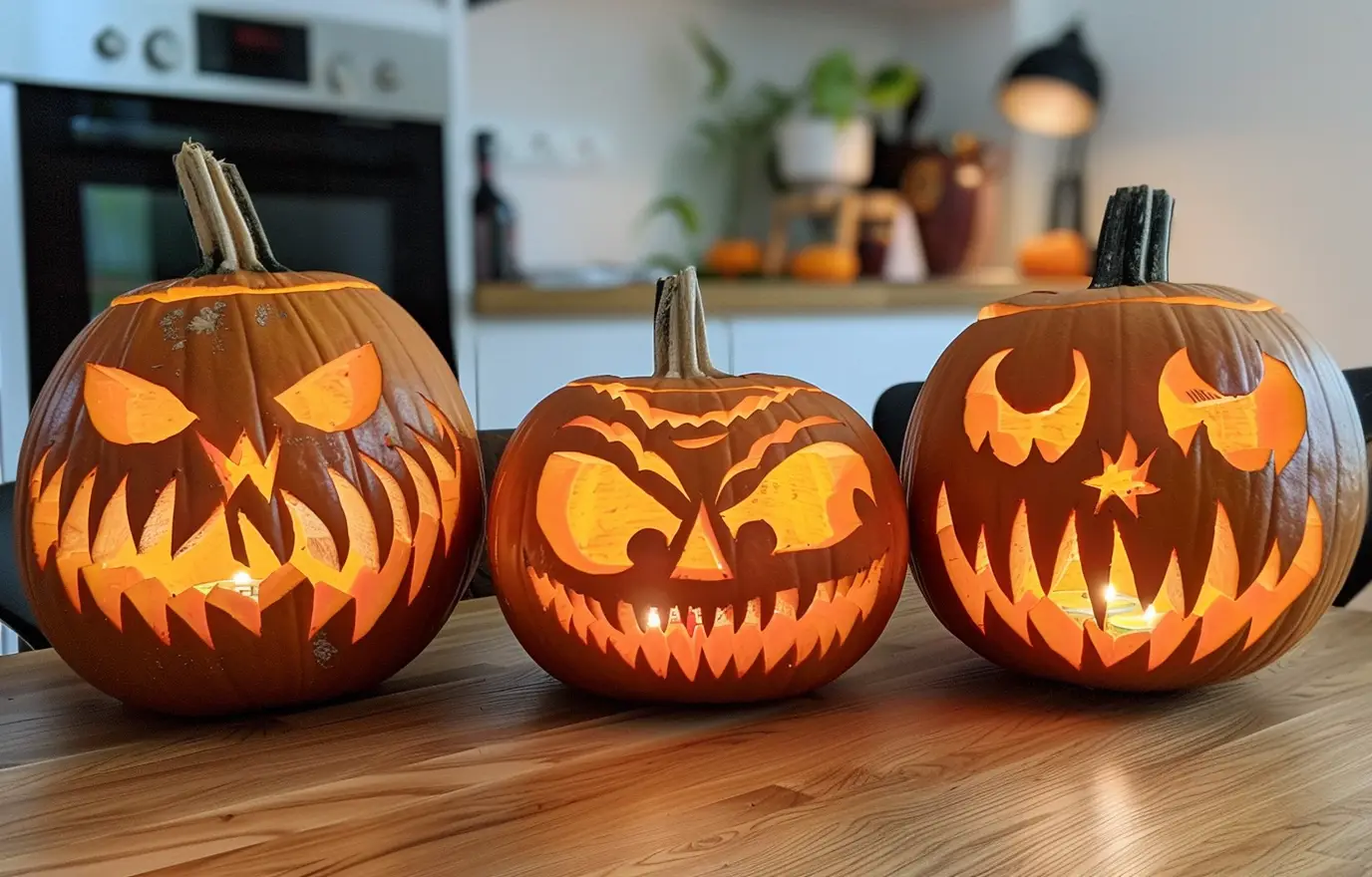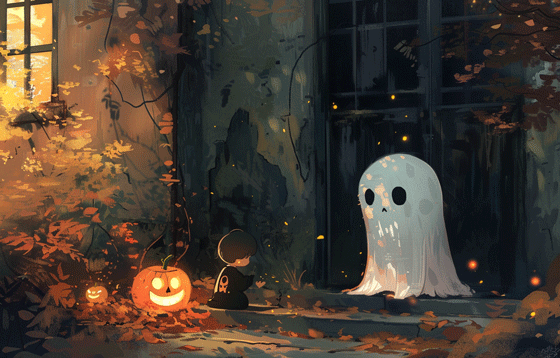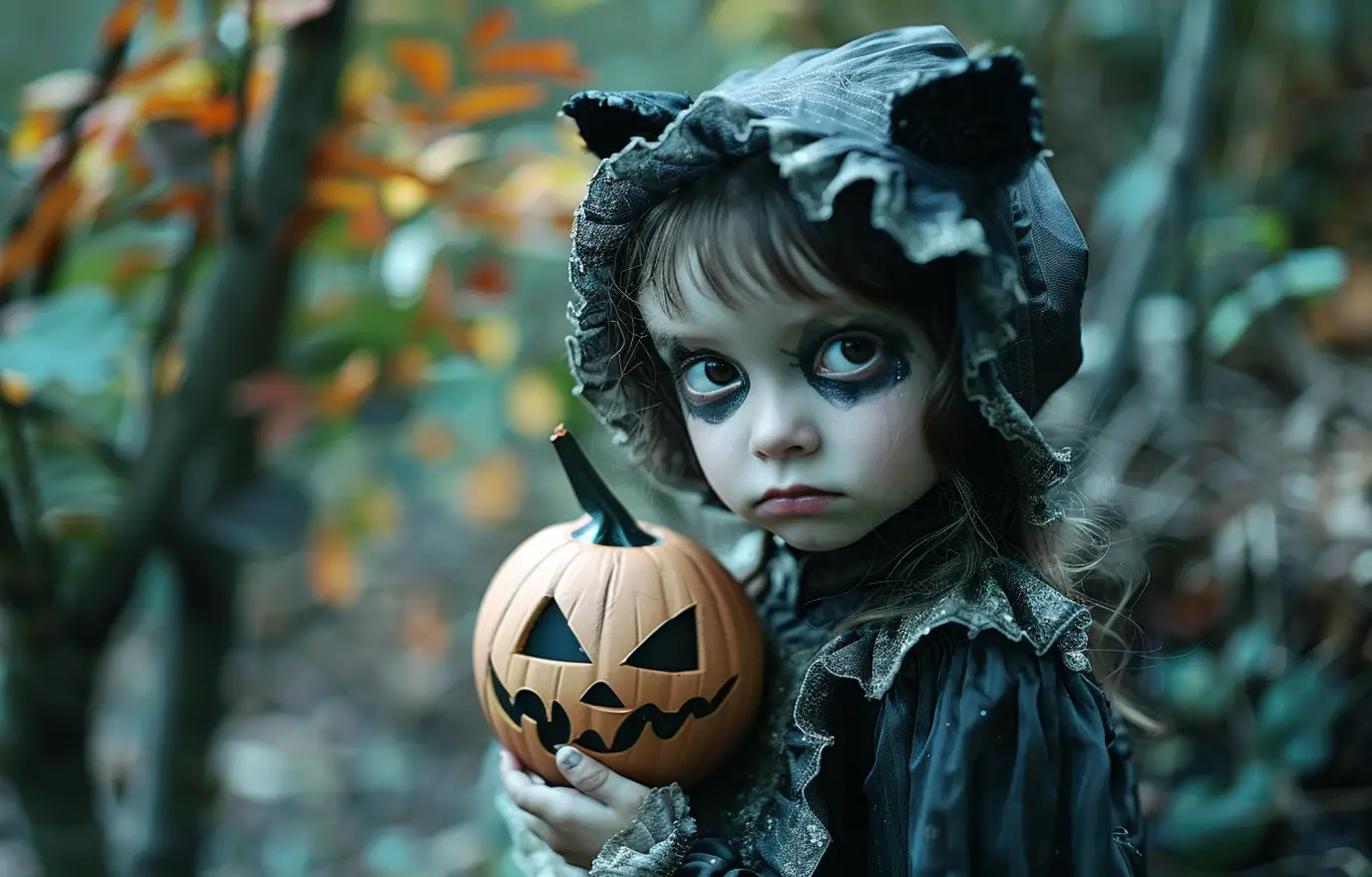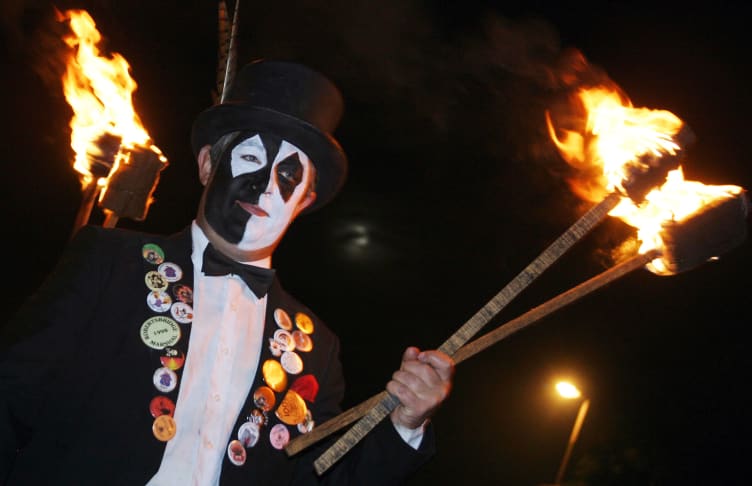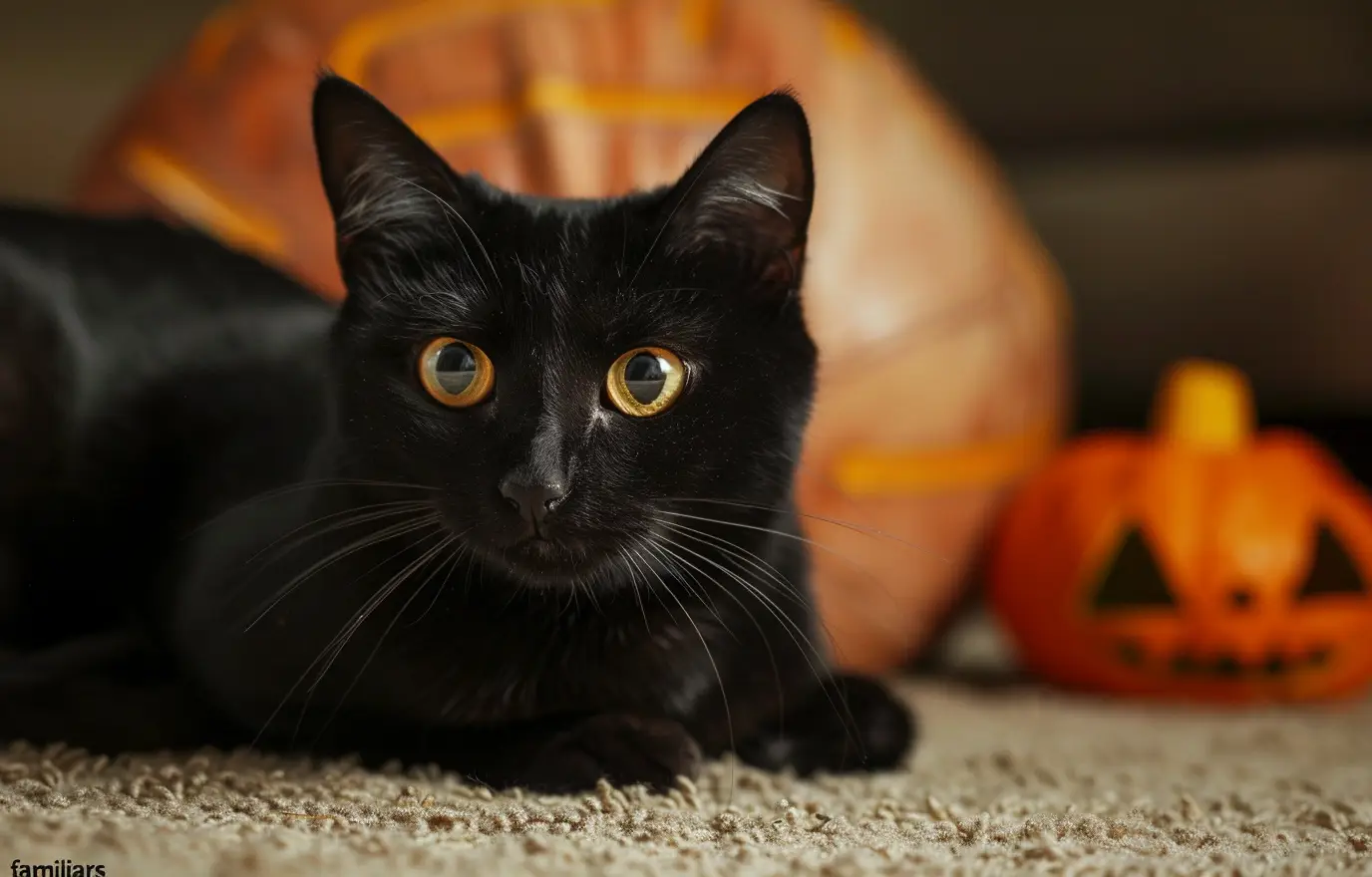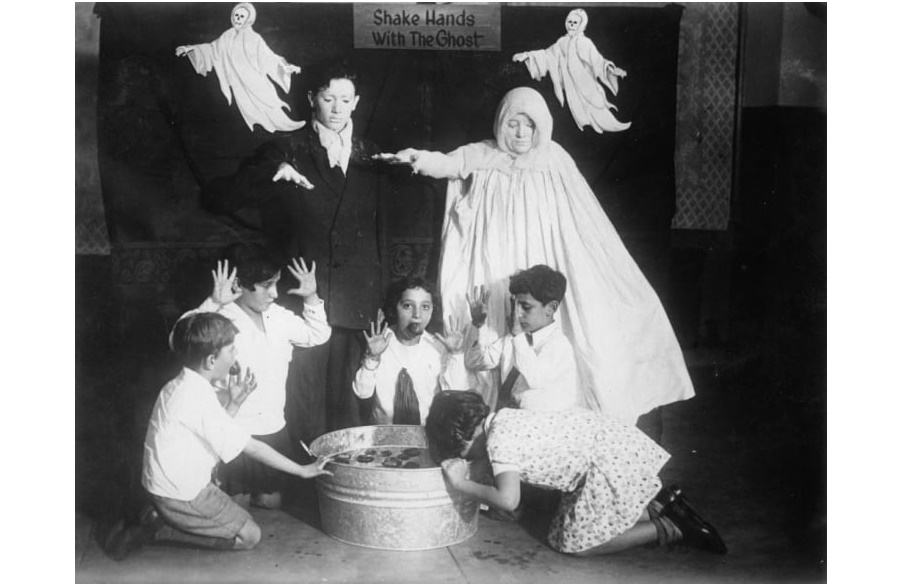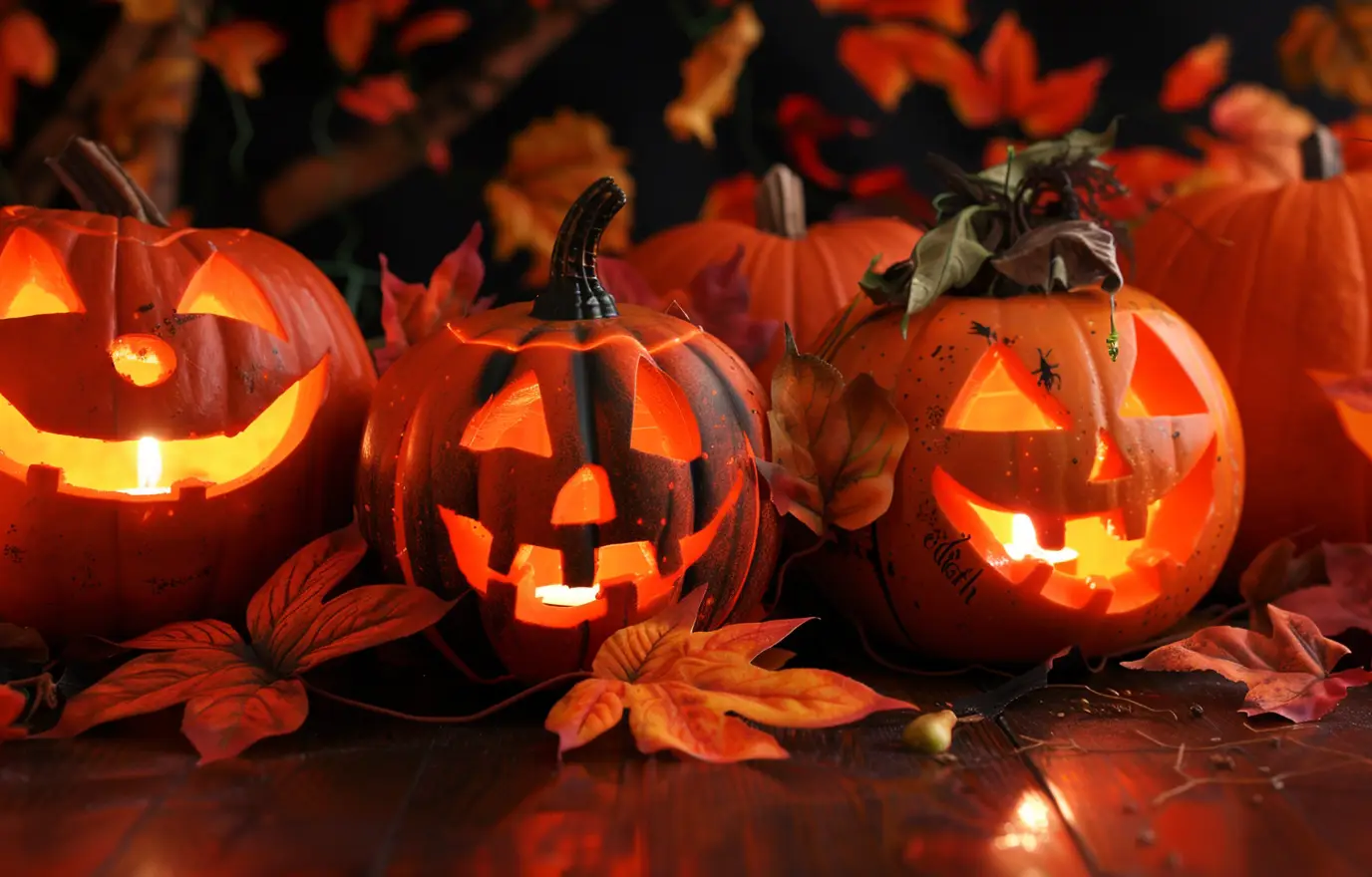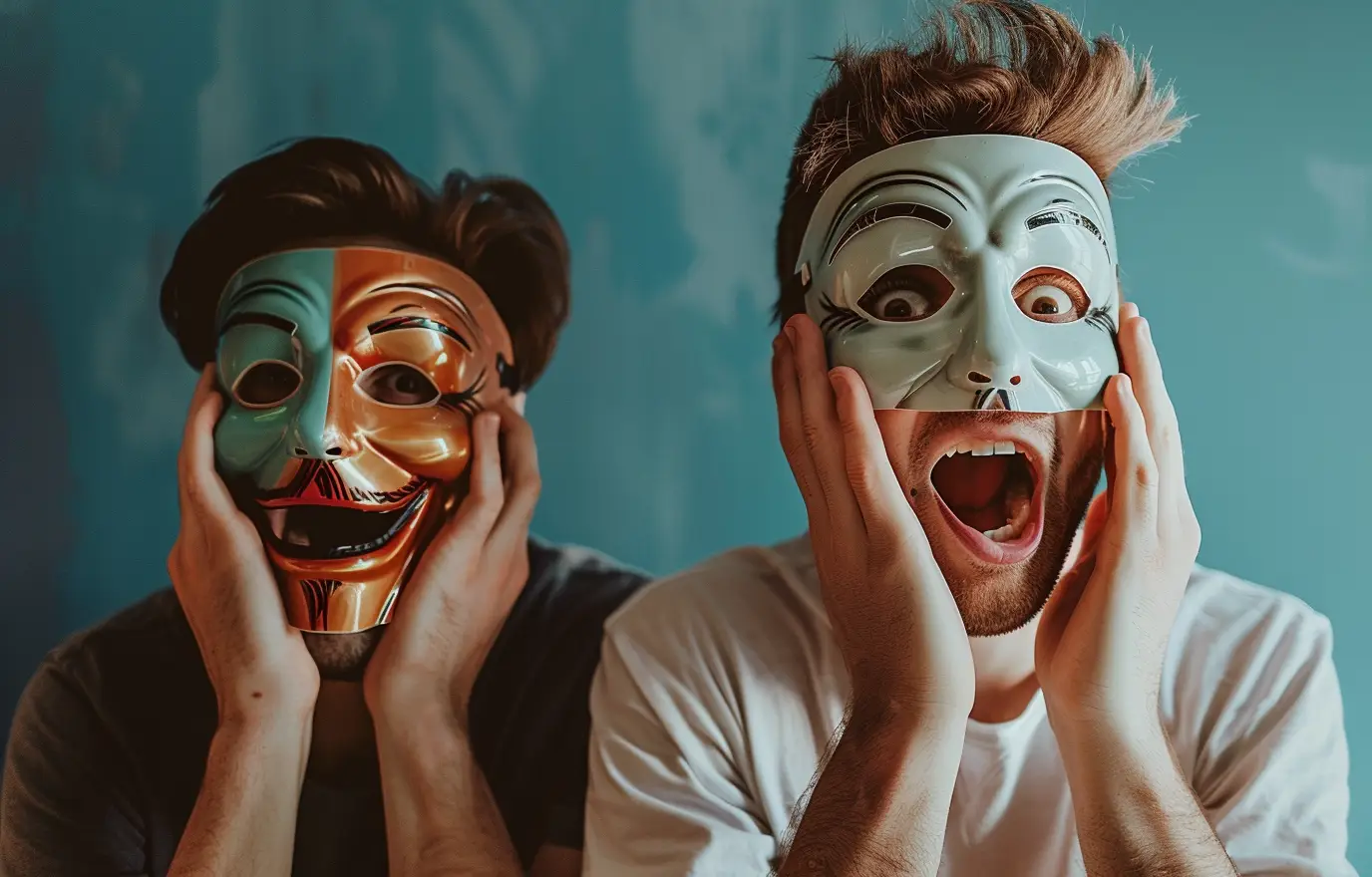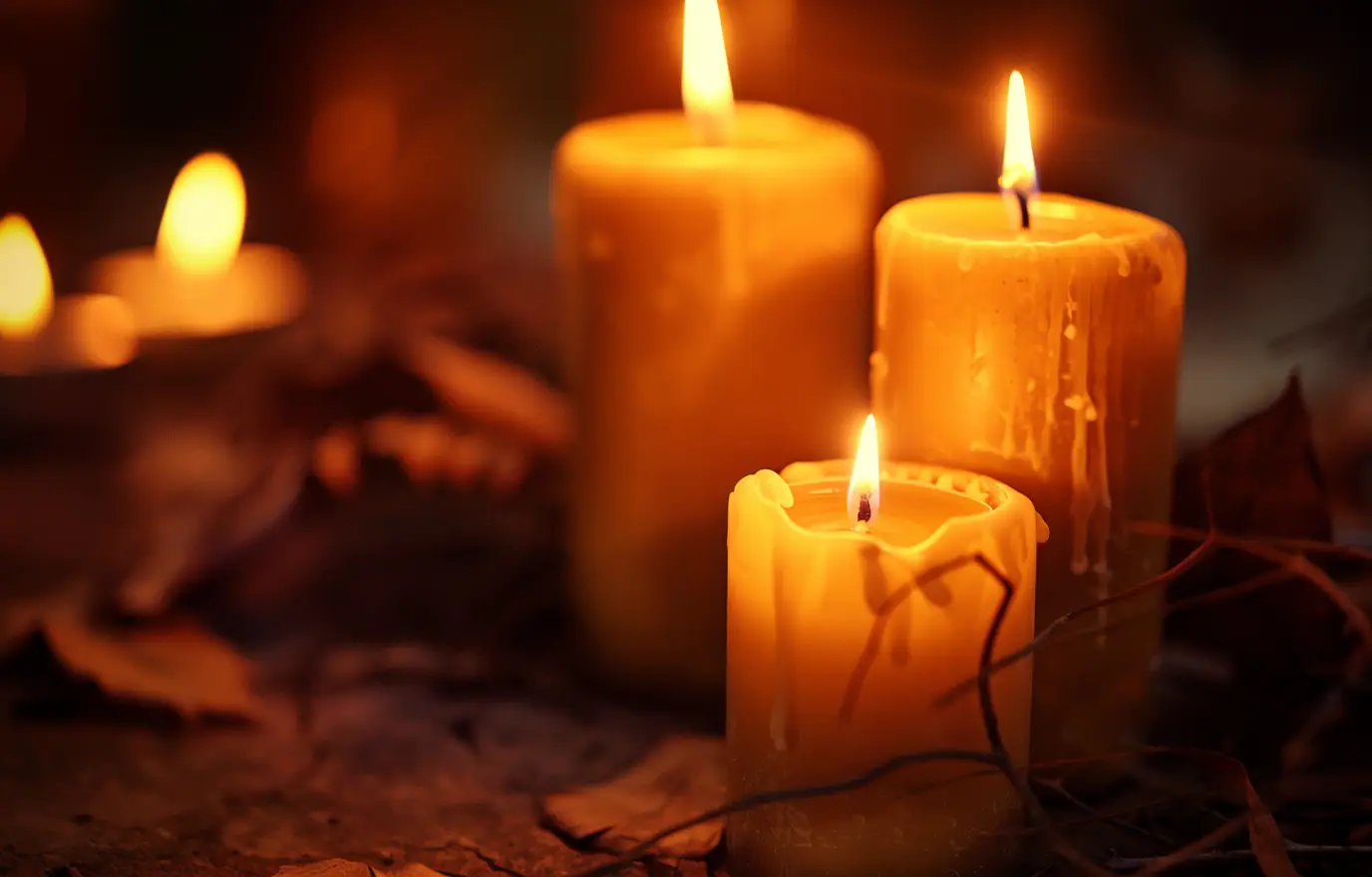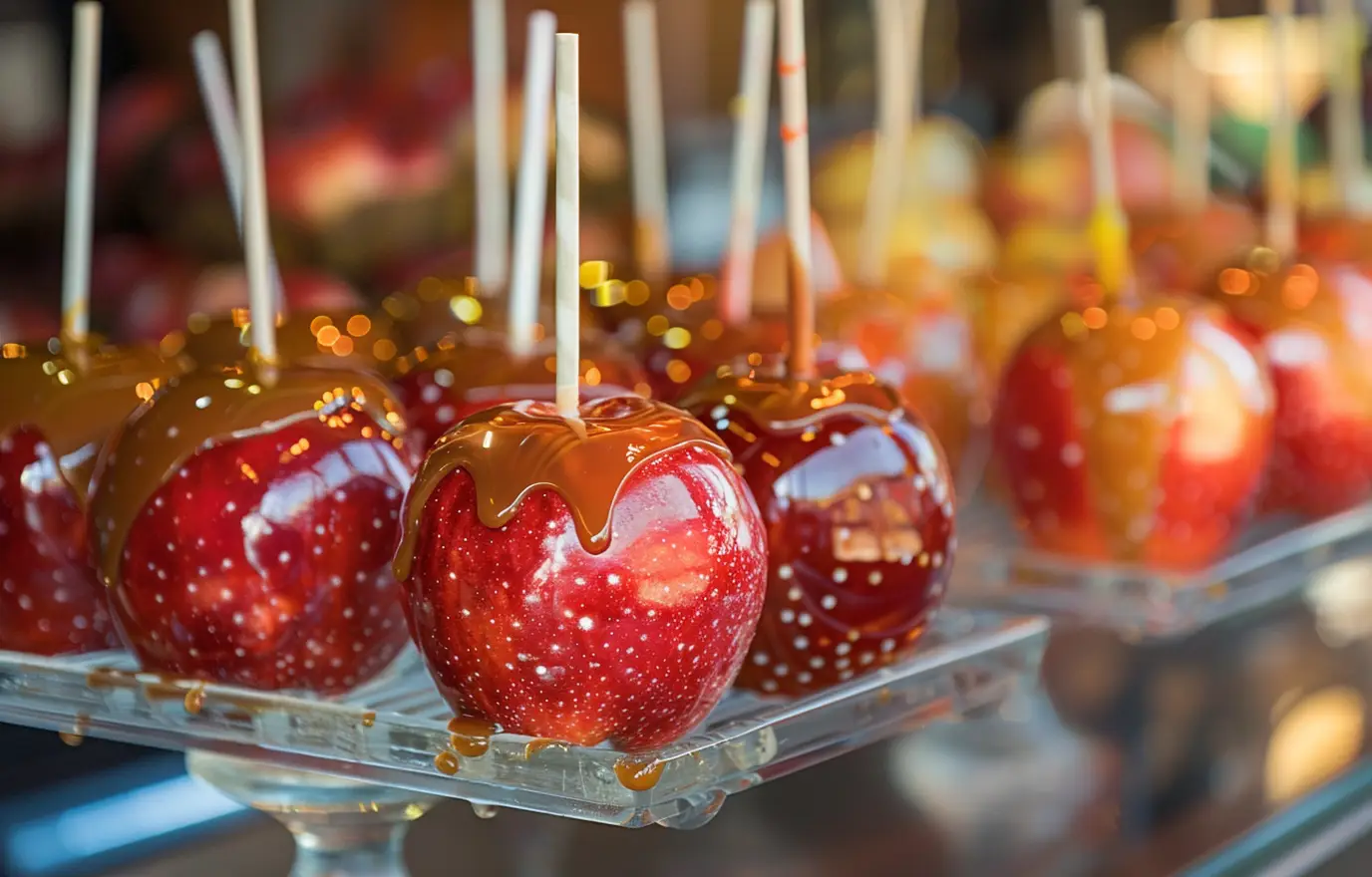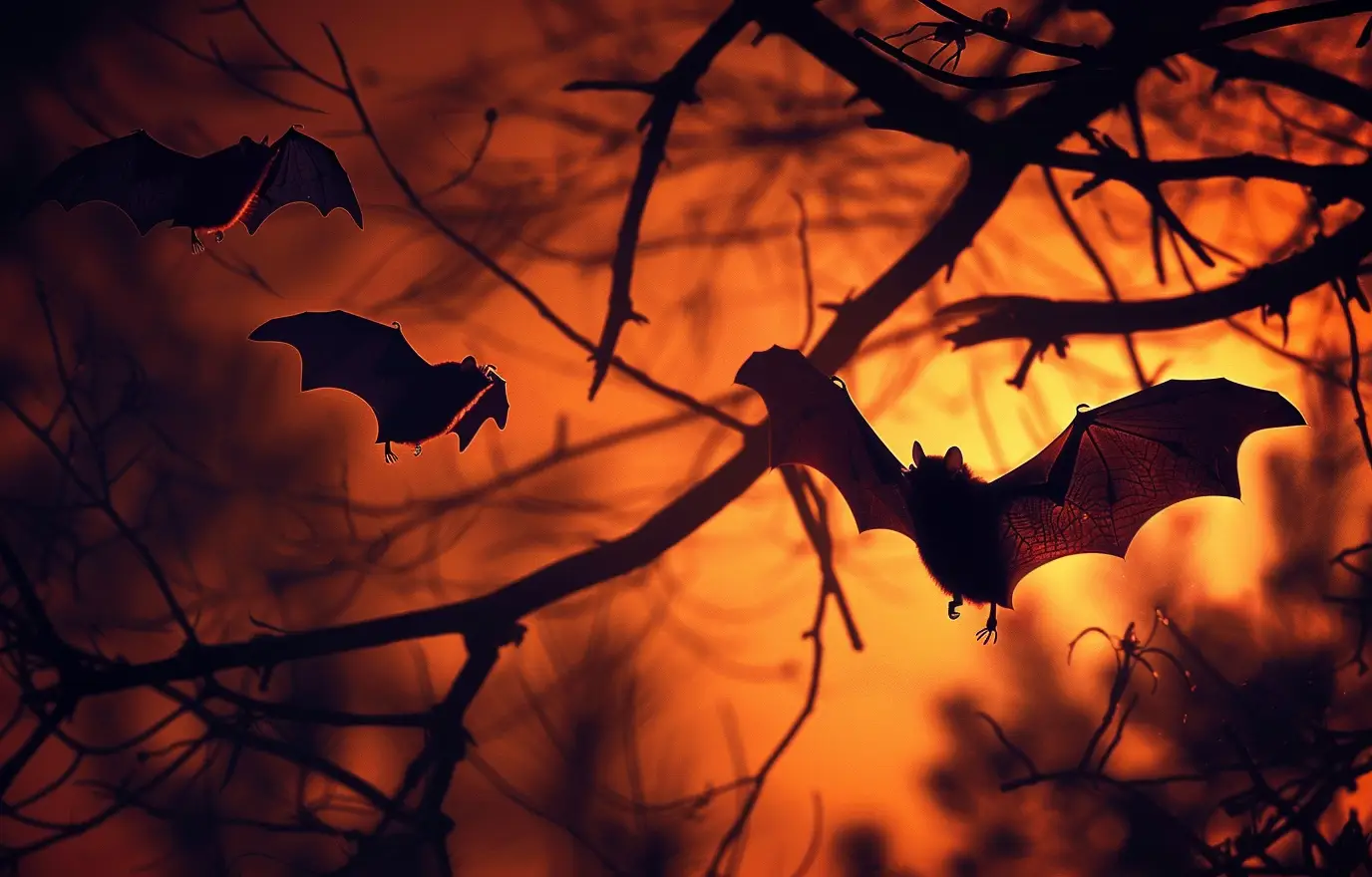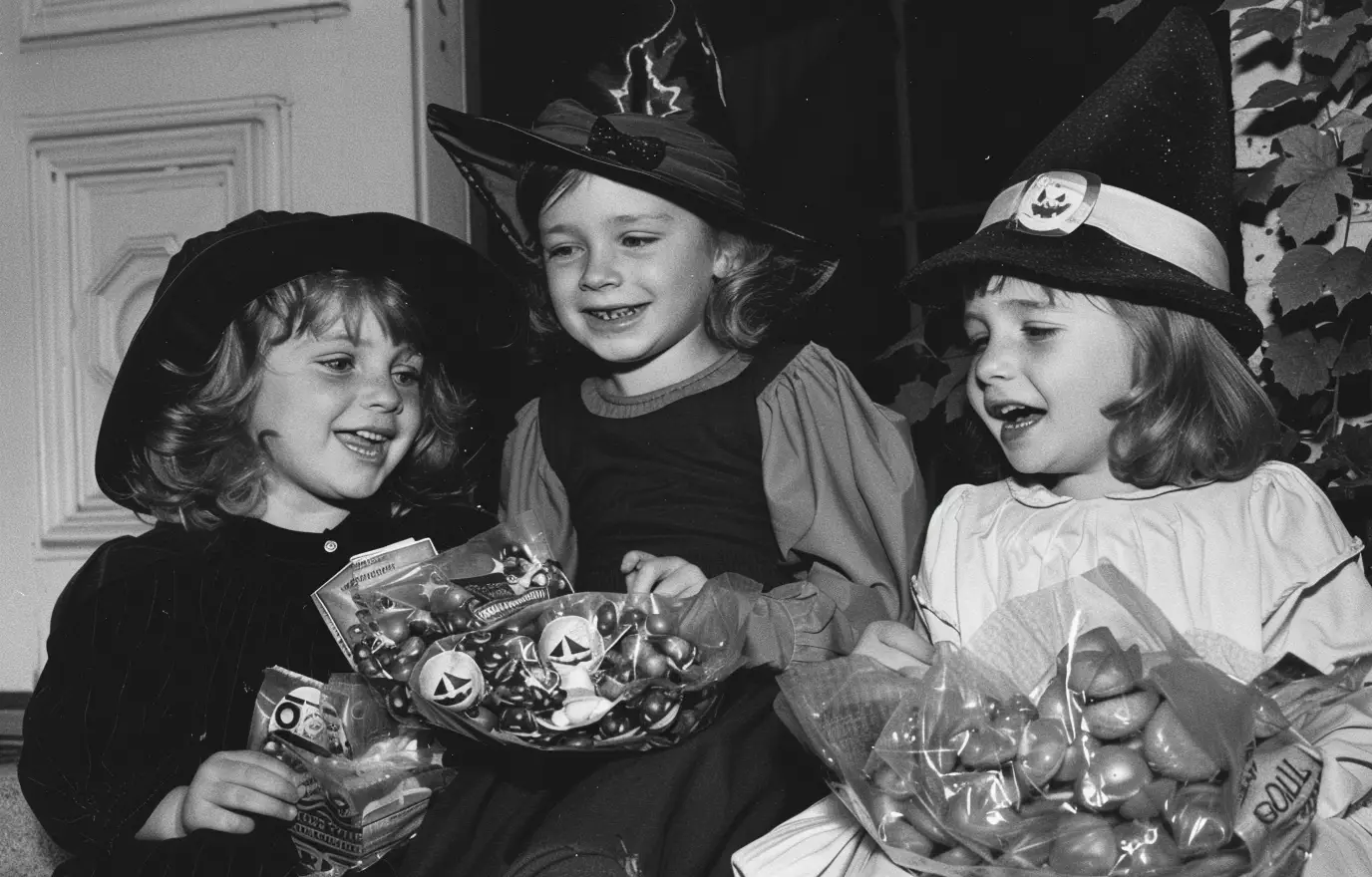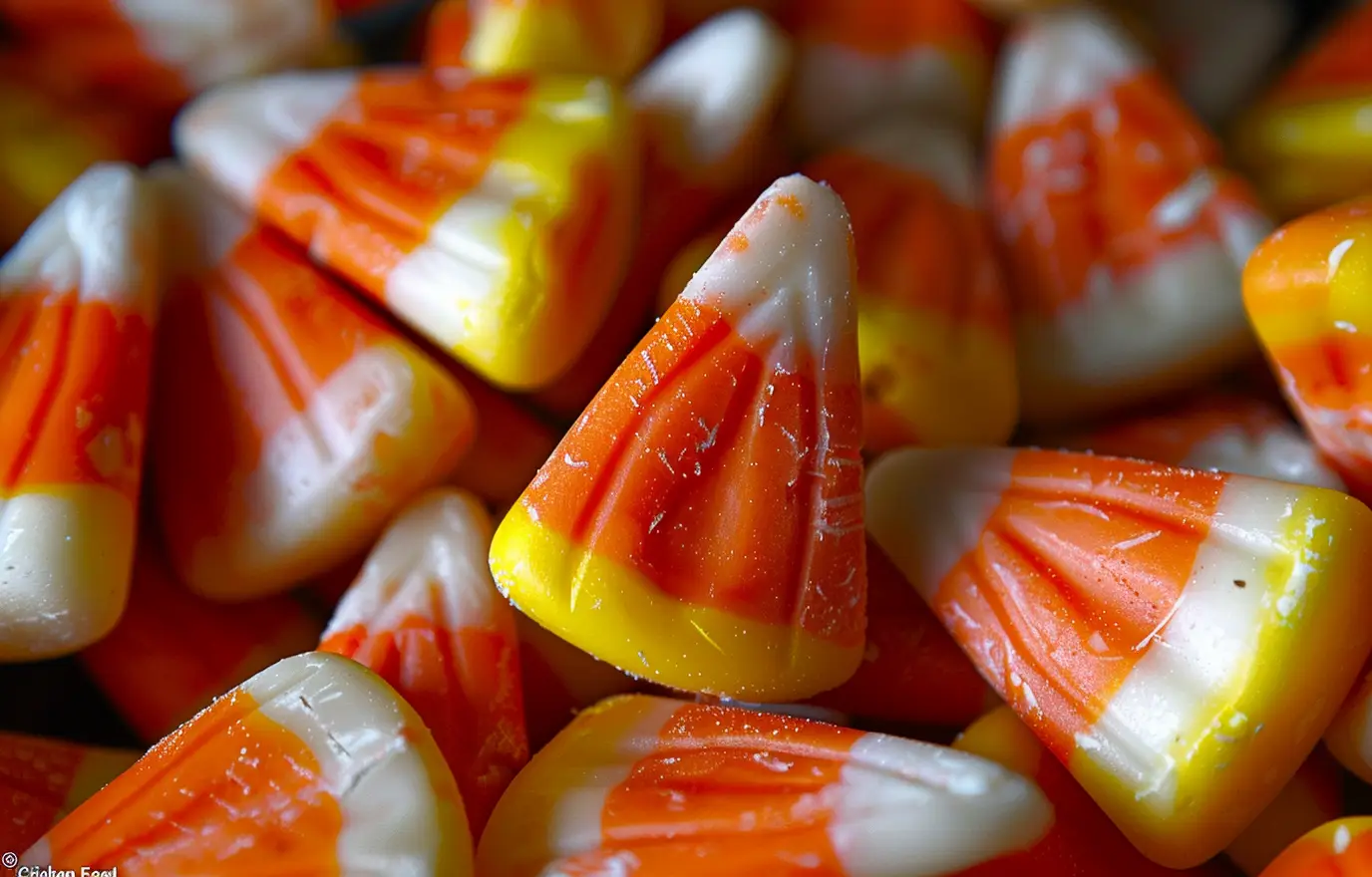15 Creepy Halloween Traditions and Their Origins
A number of our beloved Halloween traditions have roots in Pagan customs.
Trick-or-treating, Jack-O'-Lanterns, and spooky costumes are some of the highlights. Share these intriguing details with friends as you enjoy your candy haul.
1. Creating Halloween Jack-O'-Lanterns
Jack-O'-Lanterns, originally made from turnips in Ireland rather than pumpkins, are inspired by the legend of Stingy Jack. According to the tale, Jack repeatedly trapped the Devil and only released him on the condition that he would never go to Hell. However, upon his death, Jack found that Heaven did not want his soul either, and he was doomed to wander the Earth as a ghost. The Devil gave Jack a glowing piece of coal placed inside a hollowed-out turnip to light his way. Over time, people began carving scary faces into their own gourds to ward off evil spirits.
2. Encountering Ghosts
The Celtic people believed that during Samhain, the festival marking the end of the harvest and the start of winter, spirits roamed the Earth. This belief was later reinforced by the introduction of All Souls' Day on November 2 by Christian missionaries, which continued the tradition of the living and the dead interacting during this time of year.
3. Adorning Scary Costumes
With ghosts believed to be roaming the Earth during Samhain, the Celts devised creative ways to avoid being haunted by malevolent spirits. To deceive the ghosts, people wore disguises to make themselves look like spirits, hoping to be overlooked and left undisturbed.
PHOTO: A modern Samhain celebration. / Dave Etheridge-Barnes/GettyImages
4. Trick-or-Treating in the Pagan Tradition
The origins of trick-or-treating are widely debated. One theory suggests that during Samhain, the Celts placed food outside to appease the wandering souls, ghosts, and spirits of the night. Over time, this practice evolved into people dressing up as these supernatural beings and asking for food and drink in return.
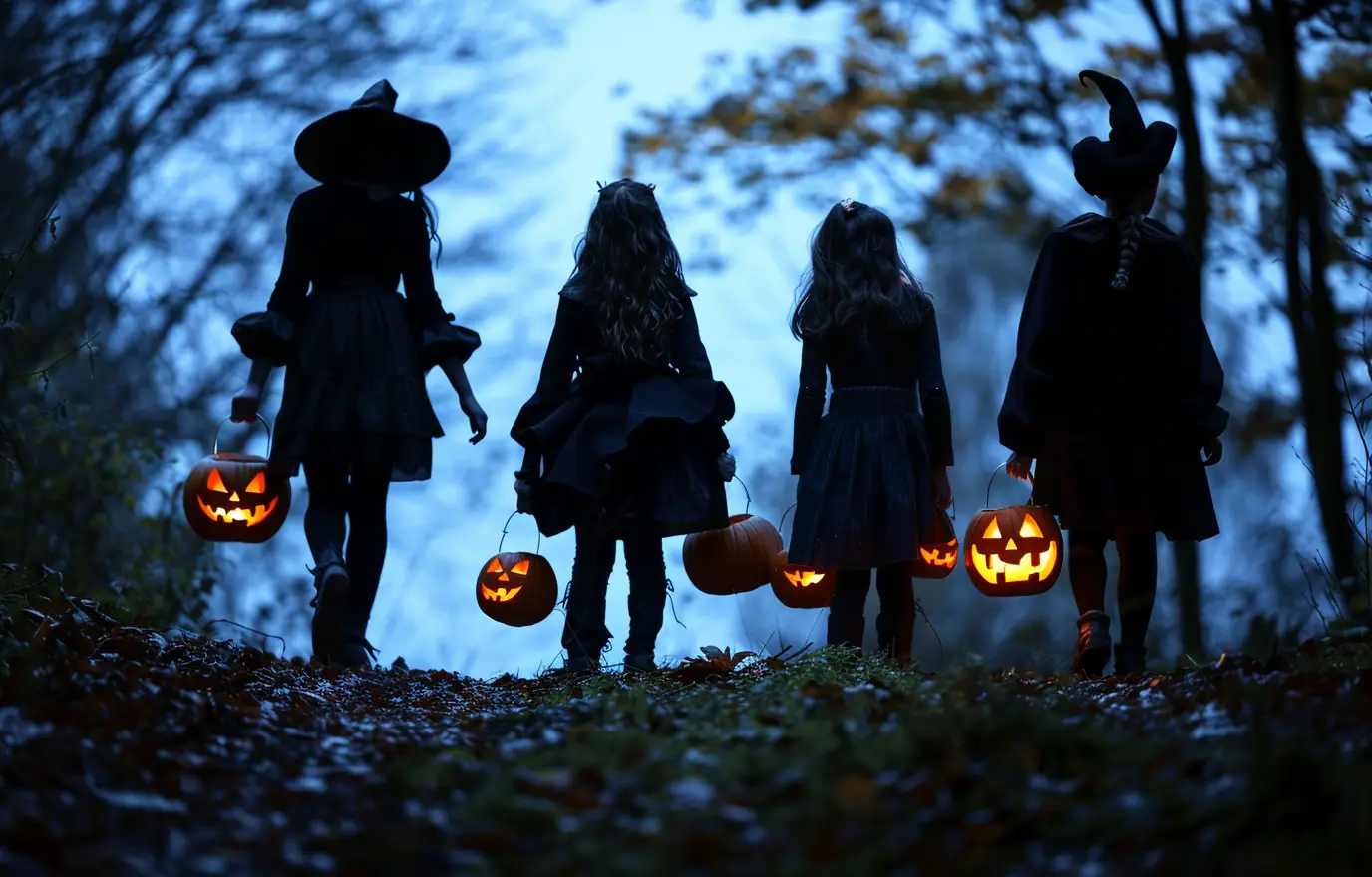
5. Going Trick-or-Treating, Scottish Style
Other researchers suggest that the tradition of trick-or-treating may have originated from the Scottish custom of 'guising,' which was a secular adaptation of the medieval practice known as 'souling.' During the Middle Ages, soulers—often children and impoverished adults—visited homes to collect food or money in exchange for prayers for the deceased on All Souls’ Day. Guisers, however, replaced these prayers with secular performances such as jokes, songs, or other 'tricks.
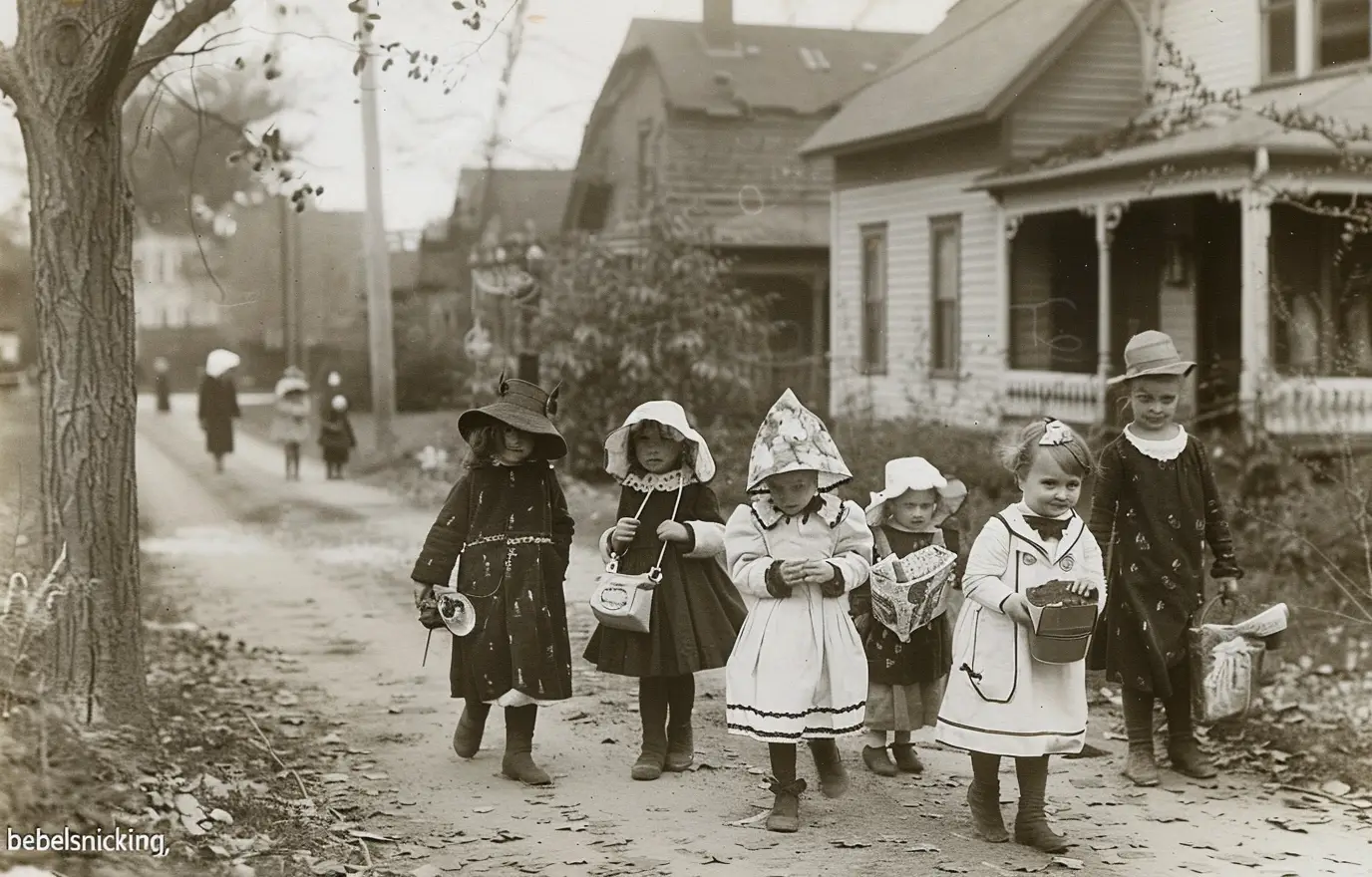
6. Going Trick-or-Treating, the American Way
Some sources suggest that modern trick-or-treating has its roots in "belsnickling," a tradition among German-American communities. During belsnickling, children would dress up in costumes and visit their neighbors, who would try to guess the identities of the disguised youngsters. If the adults couldn’t figure out who the children were, they were rewarded with food or other treats.
7. Being Spooked by Black Cats
The link between black cats and spookiness dates back to the Middle Ages, when these dark-furred felines were believed to be symbols of the Devil. Their reputation worsened over the centuries as accused witches were often found with cats, which were thought to be their “familiars”—animals that aided them in their dark magic. This association between black cats and witchcraft has persisted ever since.
PHOTO: brandstaetter images/GettyImages
8. Apple Bobbing
The game of bobbing for apples has its roots in a Roman festival dedicated to Pomona, the goddess of agriculture and abundance. This festival included a courting ritual where young men and women believed they could glimpse their future relationships through the game. When the Romans conquered the British Isles, this festival merged with Samhain, an ancient celebration that later evolved into Halloween.
9. Adorning with Black and Orange
The classic Halloween colors have their origins in the Celtic festival of Samhain. Black symbolized the “death” of summer, while orange represented the autumn harvest season.
10. Playing Pranks
The tradition of playing pranks around Halloween, often referred to as “Devil’s Night,” has various origins depending on the source. Some say that pranks were originally part of May Day festivities. However, Samhain and later All Souls Day also featured playful mischief. When Scottish and Irish immigrants arrived in America, they brought with them the tradition of Mischief Night, which blended seamlessly with Halloween and became a perfect match for candy-fueled pranksters.
11. Illuminating with Candles and Bonfires
Today, candles are more common than large bonfires, but for much of Halloween’s early history, open flames played a crucial role in guiding souls on their journey to the afterlife.
12. Enjoying Candy Apples
Coating fruit in sugar syrups for preservation has been a practice for centuries. Apples, associated with Pomona, the Roman goddess of agriculture, have long been featured in harvest celebrations. However, it wasn't until the 1950s that candy and caramel apples began to appear as treats during Halloween.
13. Spotting Bats
Bats were probably present at the earliest proto-Halloween celebrations, not just as symbols but as real guests. During Samhain, the Celts lit large bonfires that attracted insects, which in turn drew bats. Over time, bats became linked with the festival. Medieval folklore further cemented their spooky reputation with superstitions suggesting that bats were omens of death.
14. Gorging on Candy
The tradition of going door-to-door for treats has been part of Halloween for a long time, but it wasn't until the mid-20th century that candy became the dominant offering. Before then, children might receive toys, coins, fruit, or nuts. The 1950s saw a surge in trick-or-treating, prompting candy companies to market small, individually wrapped treats. While convenience made candy a popular choice, it wasn't until the 1970s, when parents grew wary of unwrapped items, that candy became the primary Halloween treat.
15. Snacking on Candy Corn
Some accounts claim that a candymaker at Philadelphia's Wunderlee Candy Company created the iconic tri-color candy in the 1880s. However, it wasn’t until 1898, when another company began mass-producing it, that candy corn became widely known. Initially marketed as “Chicken Feed” with the tagline “Something worth crowing for,” it was originally an autumn treat tied to harvest time. Candy corn became specifically associated with Halloween as trick-or-treating gained popularity in the U.S. during the 1950s.






